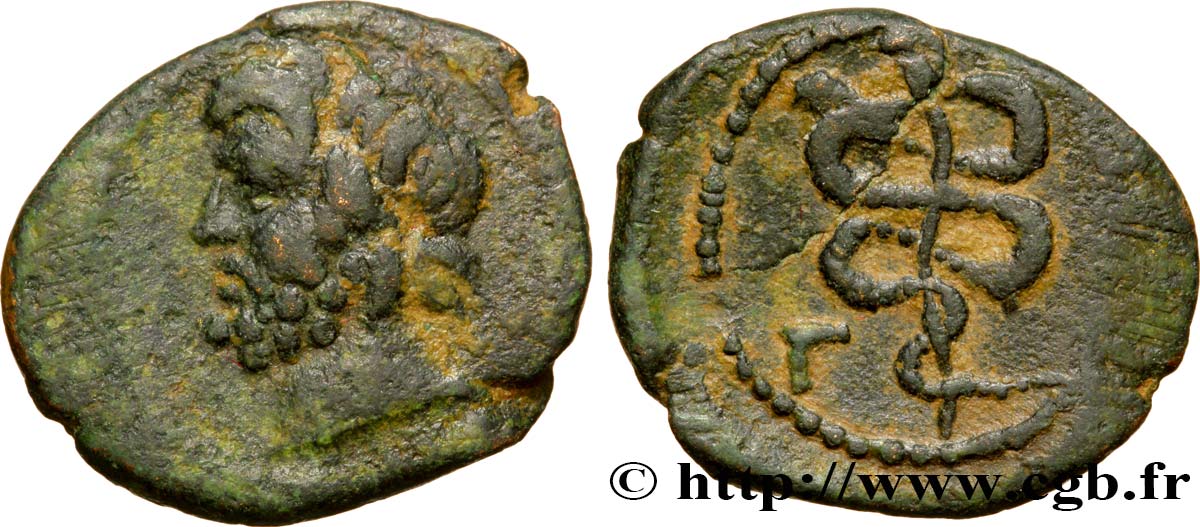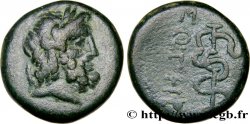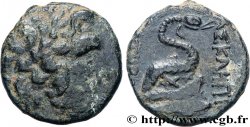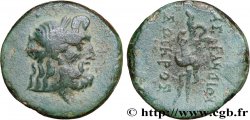E-auction 105-55538 - bgr_343366 - MYSIA - PERGAMON Demi-unité
You must signin and be an approved bidder to bid, LOGIN TO BID. Accounts are subject to approval and the approval process takes place within 48 hours. Do not wait until the day a sale closes to register. Clicking on « bid » constitutes acceptance of the terms of use of cgb.fr private e-auctions.
Bids must be placed in whole Euro amounts only. The sale will start closing at the time stated on the item description; any bids received at the site after the closing time will not be executed. Transmission times may vary and bids could be rejected if you wait until the last second. For further information ckeck the E-auctions F.A.Q.
NO BUYER'S FEE.
NO BUYER'S FEE.
| Estimate : | 195 € |
| Price : | 165 € |
| Maximum bid : | 180 € |
| End of the sale : | 20 April 2015 18:05:30 |
| bidders : | 8 bidders |
Type : Demi-unité
Date: c. 190-133 AC.
Mint name / Town : Pergame, Mysie
Metal : copper
Diameter : 15 mm
Orientation dies : 12 h.
Weight : 2,87 g.
Rarity : R1
Coments on the condition:
Exemplaire sur un petit flan ovale et irrégulzir, bien centré des deux côtés avec les grènetis visibles. Très jolie tête d’Asklépios. Beau revers inhabituel. Jolie patine vert foncé
Catalogue references :
Obverse
Obverse legend : ANÉPIGRAPHE.
Obverse description : Tête laurée d’Asklépios (Esculape) à GAUCHE.
Reverse
Reverse description : Serpent d’Asklépios enroulé autour d’un bâton (kerykeion) ; lettre grecque dans le champ à gauche.
Reverse legend : G.
Commentary
Au revers le bâton avec le serpent enroulé autour est l’épisème d’Asklépios avant qu’il ne se voit attribuer définitivement le caducée de son père Hermès. Ce type était parfois attribué à Cos (Carie). Droit et revers se rapportent au dieu de la médecine.








 Report a mistake
Report a mistake Print the page
Print the page Share my selection
Share my selection Ask a question
Ask a question Consign / sell
Consign / sell
 Full data
Full data









